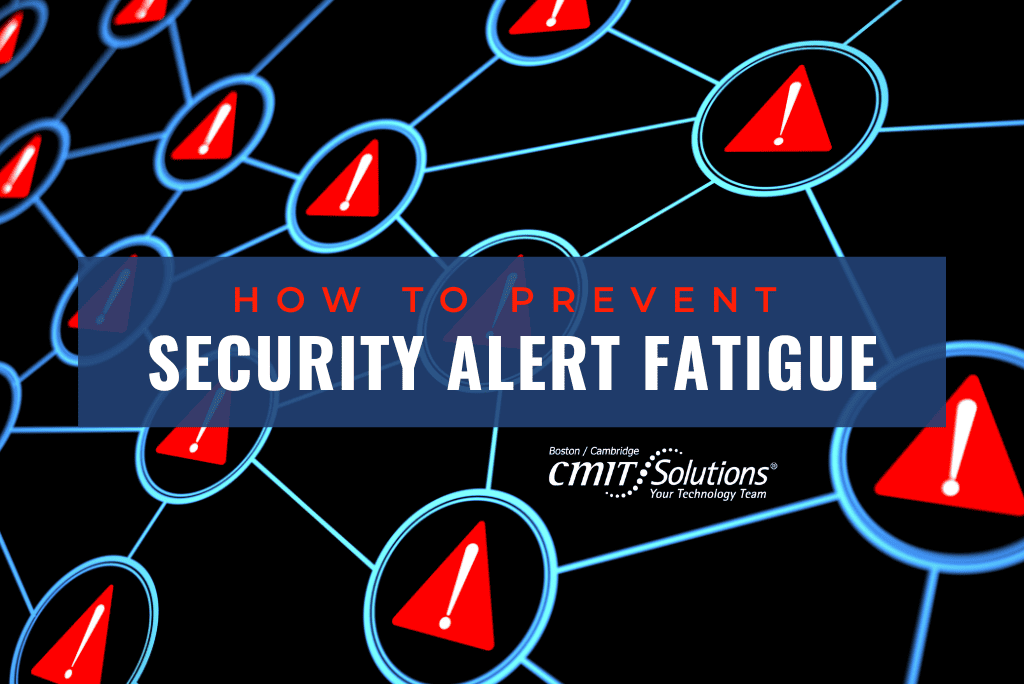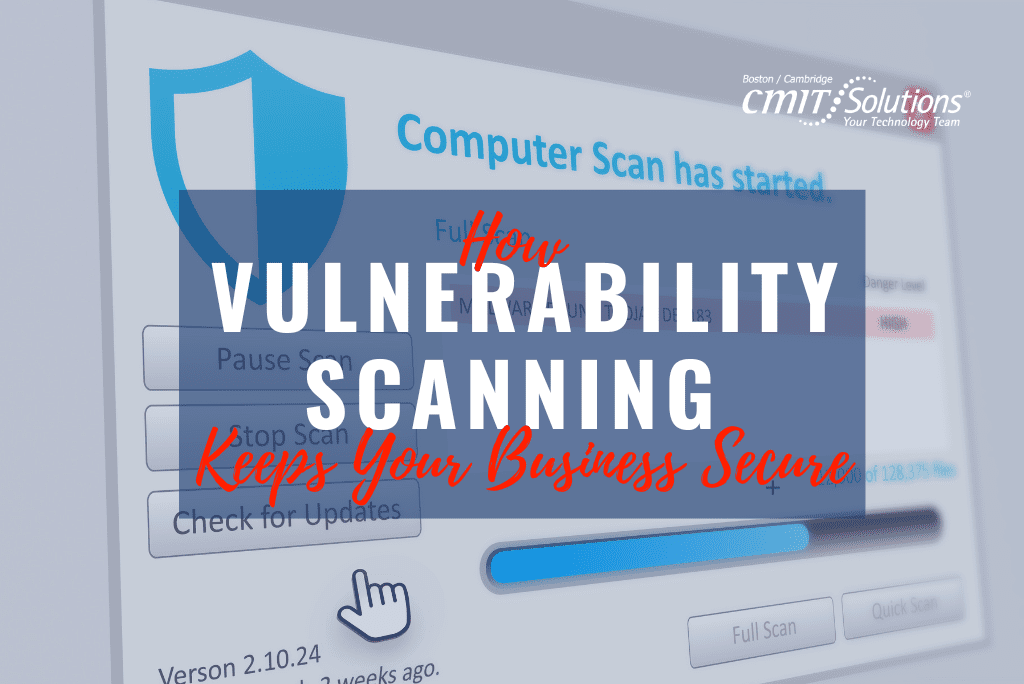In the fast-paced landscape of digital threats and vulnerabilities, security information and event management (SIEM) solutions play a pivotal role in safeguarding organizations. Yet, the sheer volume of security alerts generated by these systems, coupled with a lack of context, often leads to a phenomenon known as “security alert fatigue.”
The average security operations team receives over 11,000 alerts per day and a whopping 28 percent of them go unaddressed because the volume is simply too high to keep up. This alert fatigue not only diminishes the effectiveness of alert systems but also jeopardizes the quick and strategic response needed to protect against sophisticated cyber-attacks. So, how can organizations enhance their security posture without overwhelming their IT and security teams with an unmanageable barrage of alerts?
A security assessment can play a crucial role in preventing alert fatigue by ensuring that the security program is optimized to effectively manage alerts. By evaluating the existing security infrastructure, a comprehensive security assessment can help identify areas for improvement and streamline the alerting process. Here are some ways a security assessment can help prevent alert fatigue:
Assessing the Threat Surface
By conducting a detailed assessment of the threat surface, security gaps can be identified and addressed, leading to more accurate and relevant alerts.
Customizing Filters and Priorities
A security assessment can help in customizing filters and alert priorities based on the specific risk profile and security requirements of the organization, reducing the number of irrelevant alerts.
Consolidating and Grouping Alerts
Through the assessment, measures can be implemented to consolidate related alerts and group them intelligently, reducing the overall volume of alerts without compromising security vigilance.
Setting Recovery Thresholds
An assessment can help in setting recovery thresholds to ensure that only critical alerts are escalated, thus mitigating alert fatigue.
Utilizing Automation
Most of these alerts must be manually processed, which significantly slows down a company’s alert triage process. A proper assessment can help understand the volume of alerts and signal the use of an alert-prioritizing system as a faster way to streamline potential threats.
NAVIGATE THE NOISE
By implementing these strategies derived from a thorough security assessment, organizations can effectively mitigate alert fatigue and ensure that security teams are equipped to respond to genuine threats efficiently. Preventing security alert fatigue is an ongoing journey that requires a combination of policy, technology, and teamwork. Start with these foundations, and continually refine your approach to stay ahead of the cybersecurity curve.
Written by: Chris Zambuto | Chief Information Security Officer @CMITBostonCambridge





